Imagine the splendor of growing a garden just as nature intended!
Not only is growing plants that will self-seed cost-effective, but it can also be low maintenance.

Are You Thinking of Volunteering?
Plants that sprout all on their own in the garden are known as volunteers.
Volunteers are basically free plants perfectly adapted to the garden situation they have sprouted in.
Importantly, a step to successfully letting the intended self-seeding volunteers grow to their full potential is to make sure to not weed them out or cultivate them when they are young.
Grow plants that are open-pollinated or heirloom for success. That is to say, their seeds will sprout plants that resemble the parent plants.
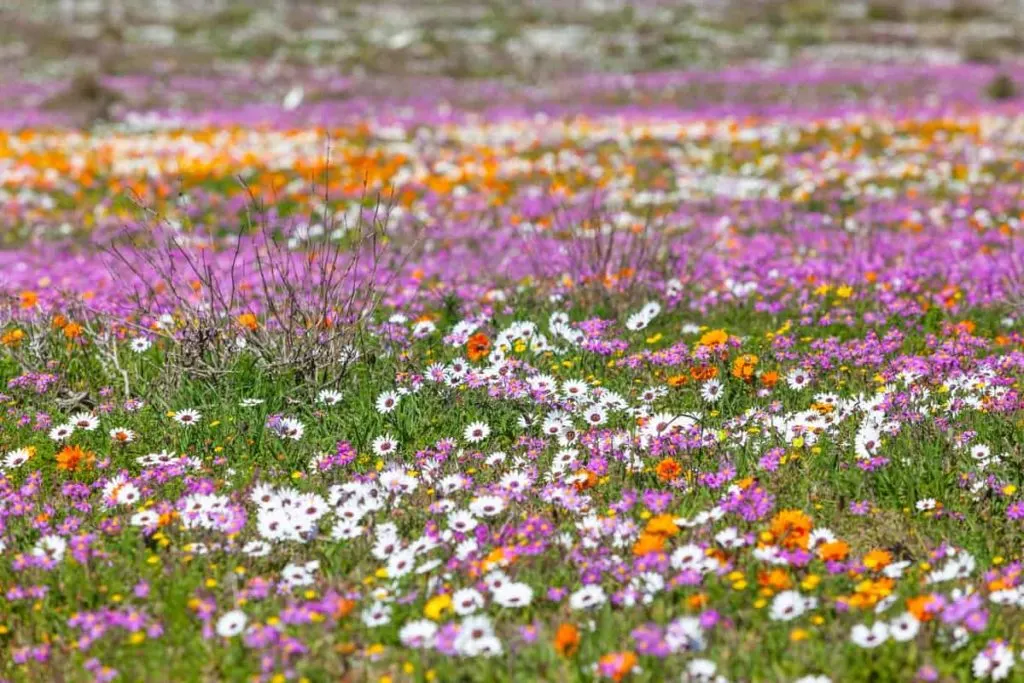
The Glory of a Spontaneous Flower Festival
Certainly, letting garden plants make seeds will eliminate the pleasant chore of deadheading.
Self-seeding plants are perfect for the following garden styles:
- Cottage Garden
- Prairie Meadow
- Lawn Alternative
- Bountiful Gardens for Birds, Bees, and Butterflies
- Native Gardens
Is A Self-Seeding Garden Your Style?
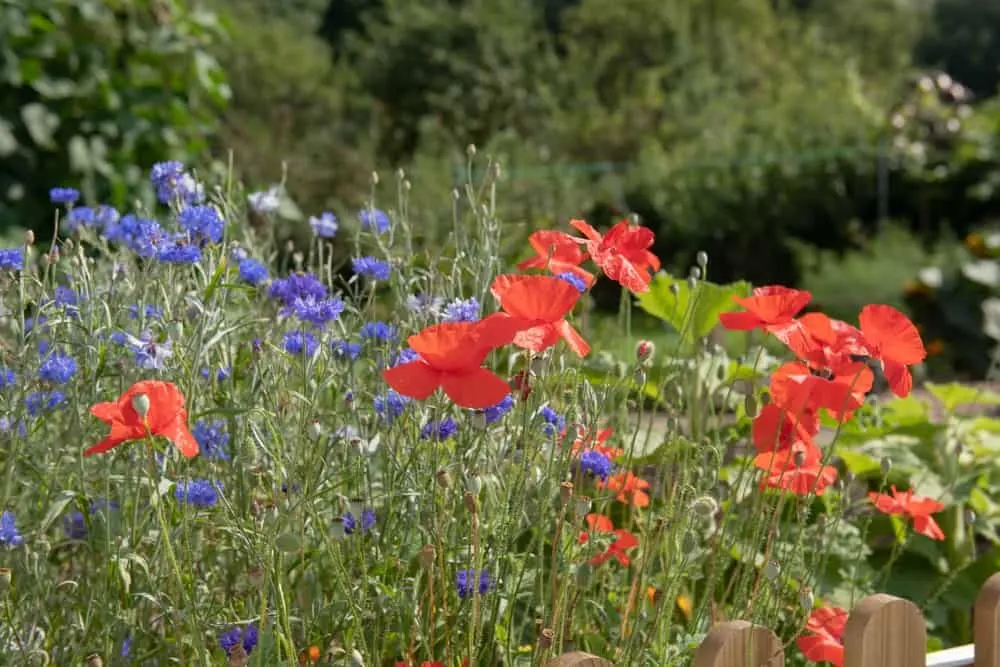
While some may see untamed natural beauty, others may see untidy chaos.
A cottage garden can have a formal feel by framing it with a fence or a tidy, sculptured hedge.
Who wouldn’t love a natural meadow full of wildflowers abuzz with bees and butterflies?
But can you handle a few thistles and dandelions with the bountiful blooms of a naturalized garden?
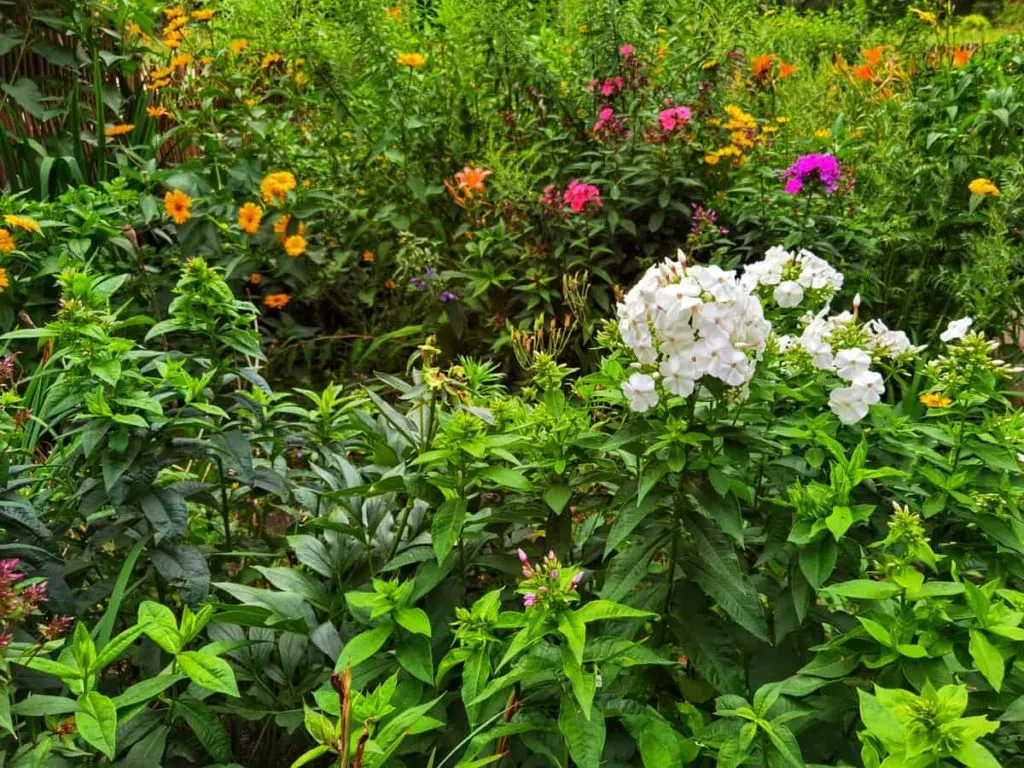
Ways to Prepare a Self-Seeding Garden
Plants that will self-seed all over do their best without a lot of competition from aggressive annual and perennial weeds such as bindweed and quack grass.
Smothering for Weed Suppression
Smother a garden area with sheet mulching materials with a top layer of soil.
This is a relatively faster approach as you can plant the area right away and the new plants can get a good start to compete out unwanted weeds.
However, the downside to sheet mulching for weed suppression is that some deep-rooted weeds may survive and many weed seeds can survive in the soil for many years.
Solarizing for Weed Suppression
Using heat from the sun, solarizing the soil surface with sheets of either clear or black plastic effectively kills annual and perennial weeds, their seeds, as well as some soil pests and diseases.
Solarizing soil takes weeks to several months, depending on the location, daily hours of sunlight, and maximum temperatures.
However, the downside to solarizing is it takes some time to eliminate weeds and the process is less attractive.
12 Beautiful Plants That Will Self-Seed All Over Your Backyard
1. Calendula (Calendula officinalis)
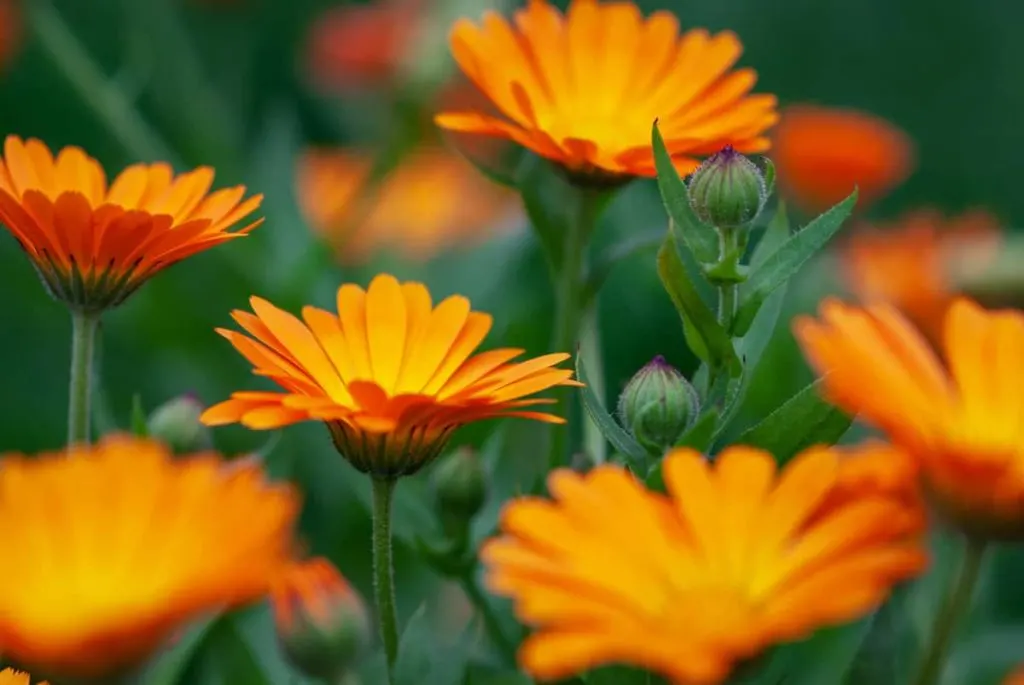
Calendula is an edible and medicinal flower grown for its abundant yellow-, orange-, pink-, and cream-colored blooms.
A short-lived perennial in zones 9 to 11. Calendula seeds are known for their hardy seeds that volunteer throughout gardens in cooler climates.
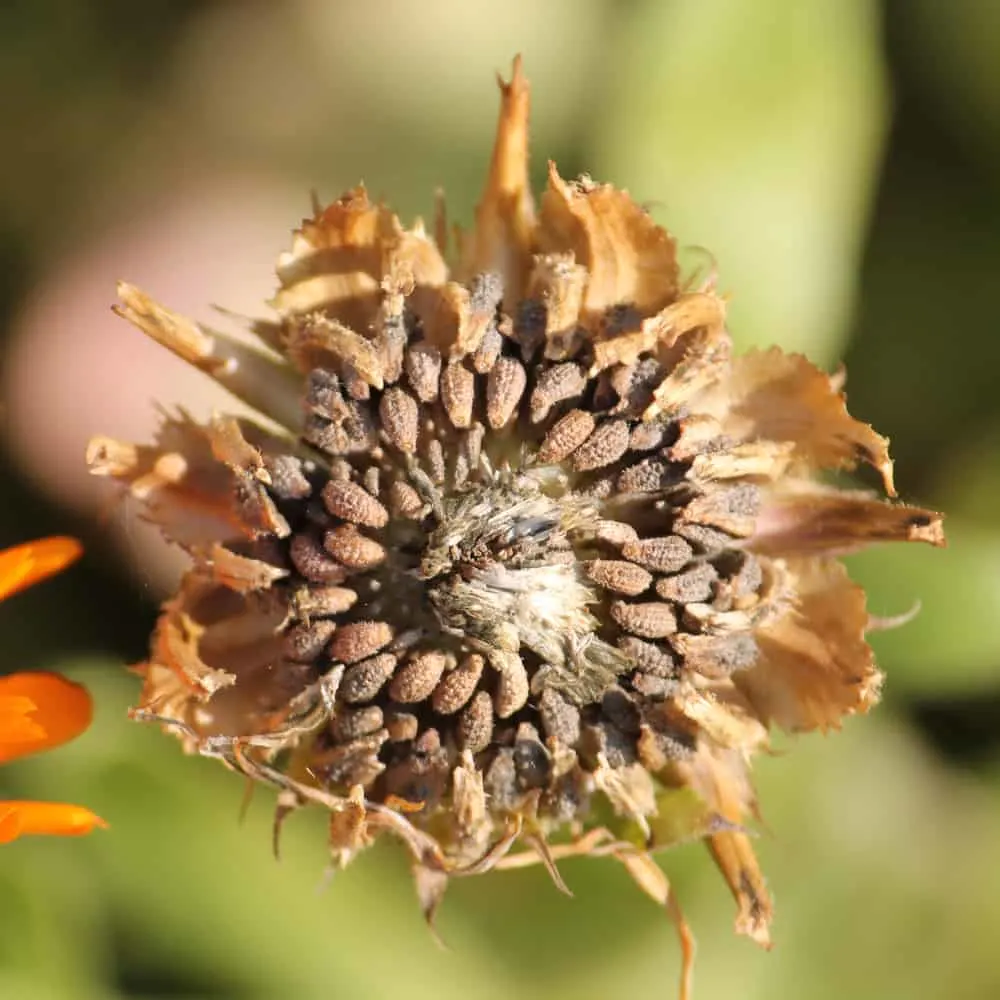
Plants thrive in full sun to part shade, in humus-rich soils, reaching 1 to 2 feet tall.
2. Love-In-A-Mist (Nigella)
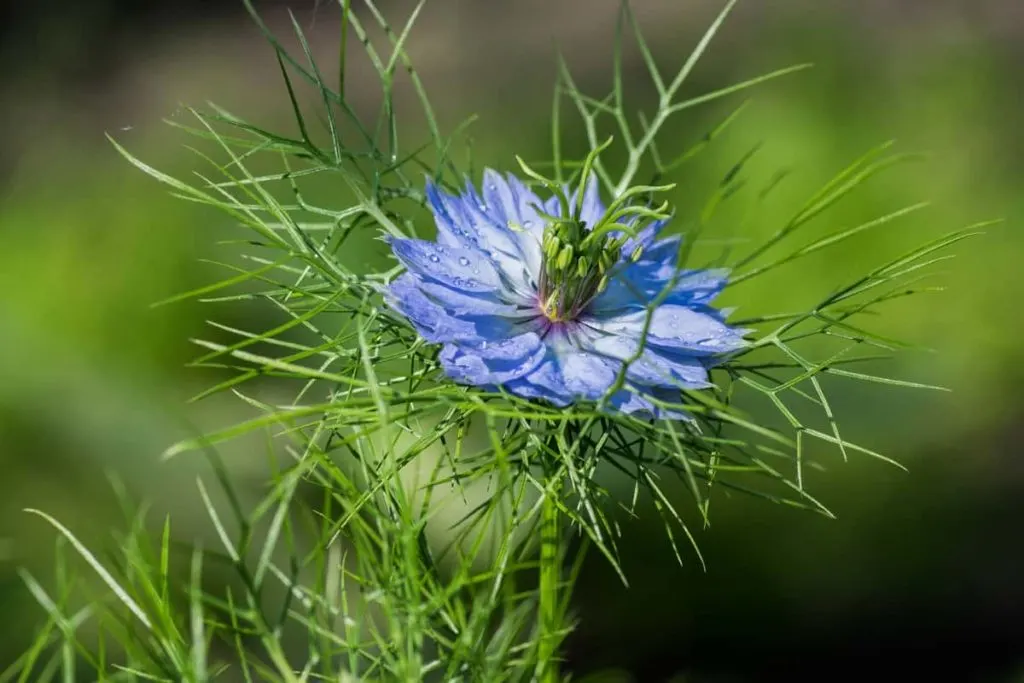
Nigella is a pretty but inedible flower that pulls double duty with its wild-looking blooms and impressively unique seed pods.
This annual grows in zones 2 to 11 and sports delicate feathery foliage.
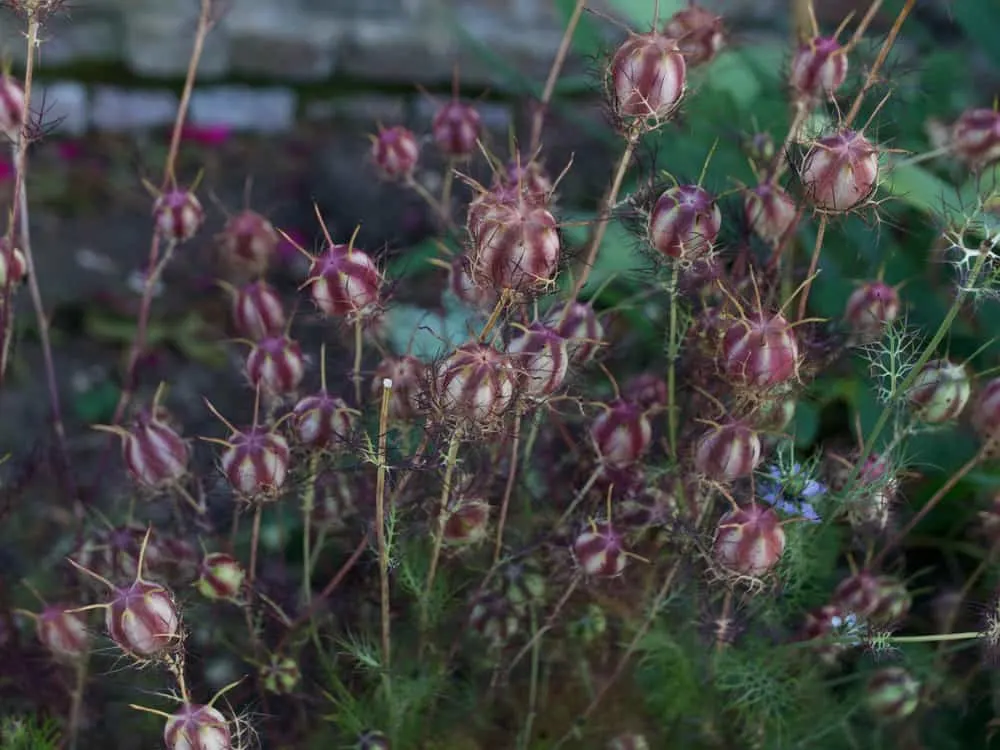
Easy going, nigella grows 8 to 10 inches tall in average, well-draining soils in full to part sun.
3. Amaranth (Amaranthus)
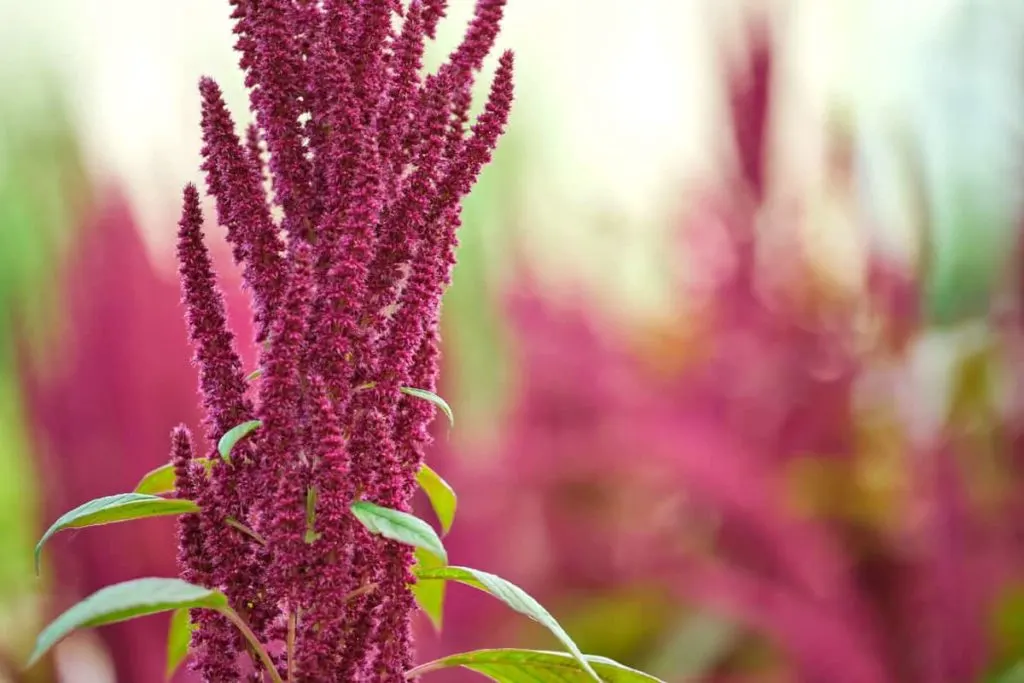
Many varieties of amaranth have dynamic names like love-lies-bleeding with pendulous blood-red blooms or the less enticing pigweed. Varieties bloom in red, burgundy, pink, orange, and green.
Amaranths are ancient edible greens and seeds that grow in zones 2 to 11.
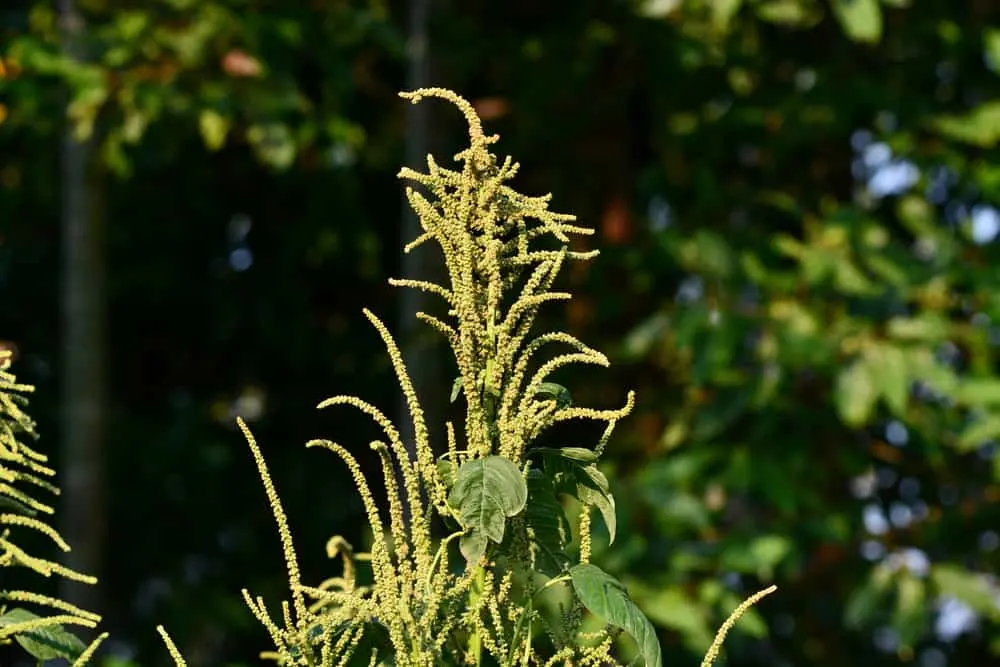
Preferring full sun to part shade, amaranth grows 2 to 5 feet tall and thrives in moist, well-draining soil.
4. Poppies (Papaver)
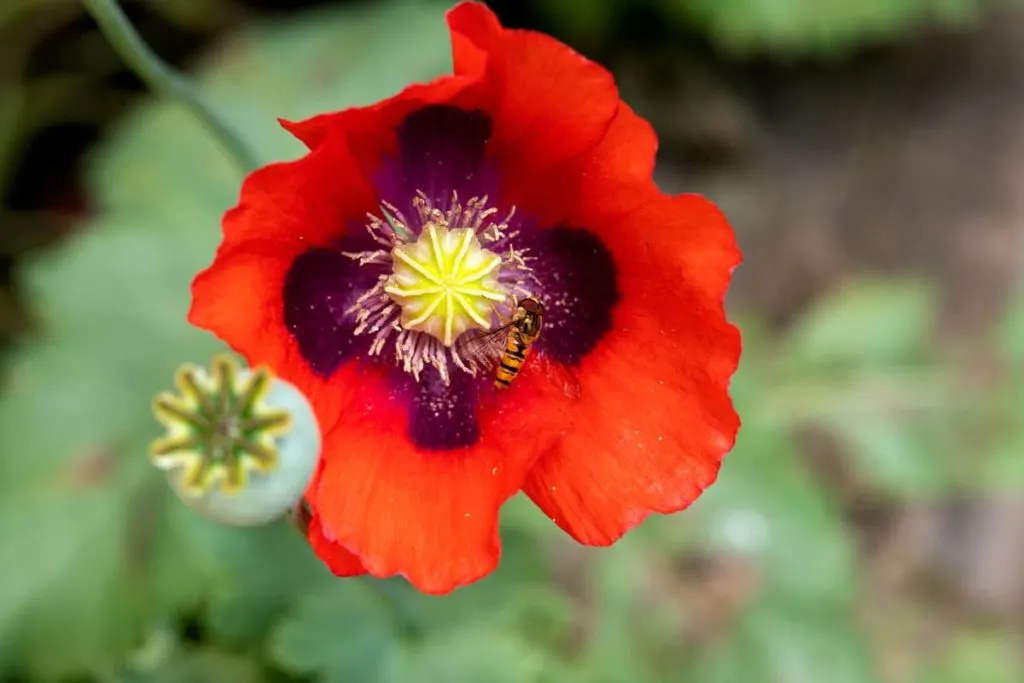
Famous for their ornamental seed heads and fields of self-sown colorful fields, poppies are perfect free seeders.
Colorful papery petals of red, yellow, orange, purple, pink, blue, and white, poppies cover the wildflower spectrum.
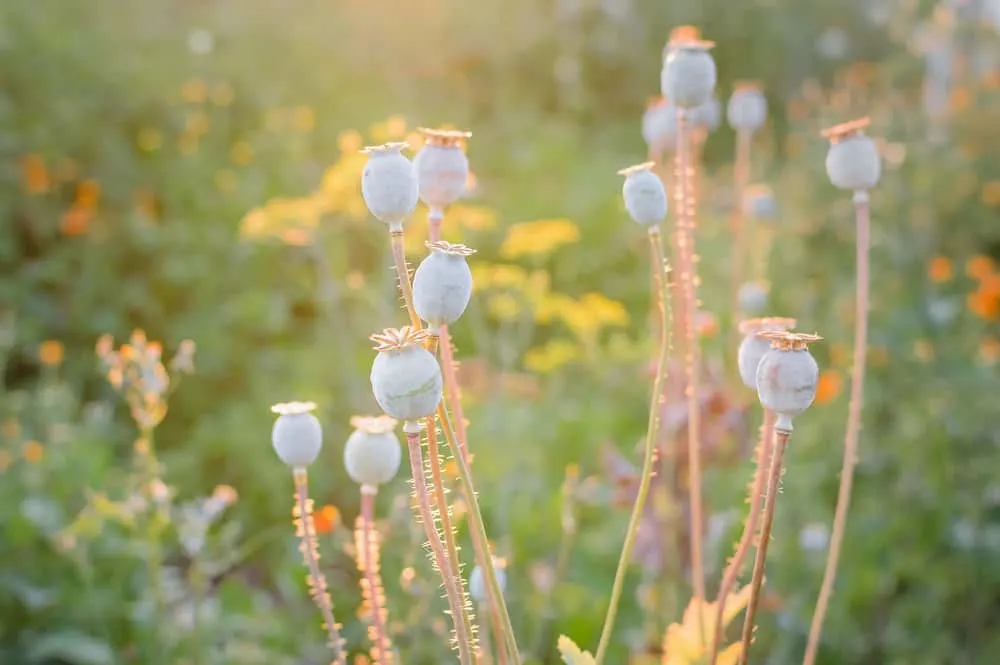
In zones 1 to 10, poppies grow as annuals reaching 28 inches tall in most garden conditions.
5. Cosmos (Cosmos)
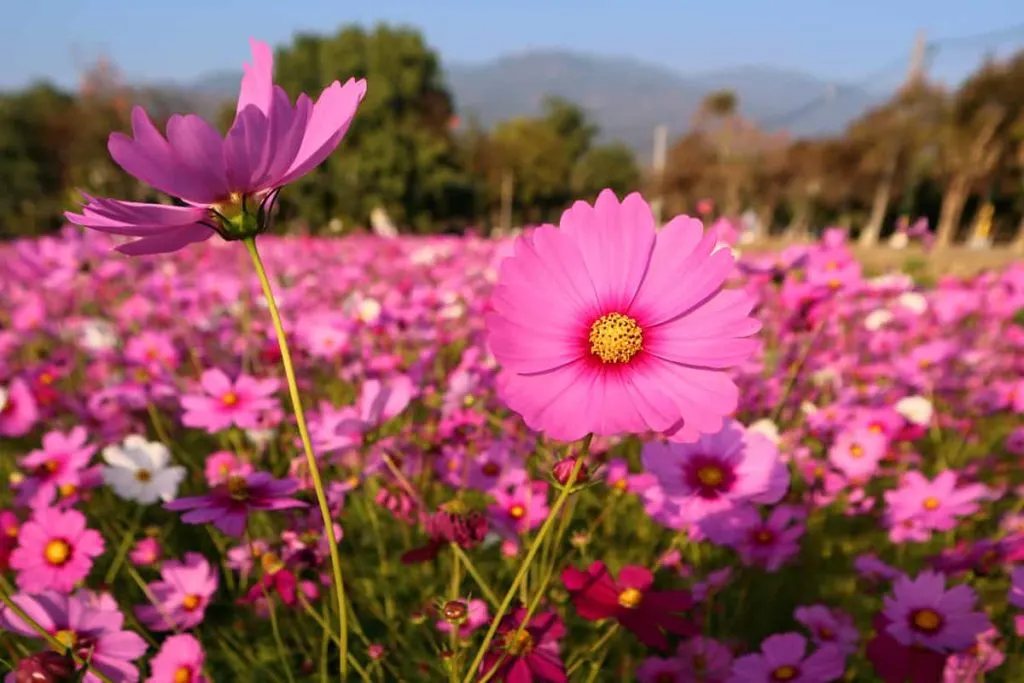
The delicate iridescent blooms come in every shade of pink as well as red, yellow, white, and orange.
Native to South, Central, and southern North America, cosmos spread abundantly throughout gardens and fields.
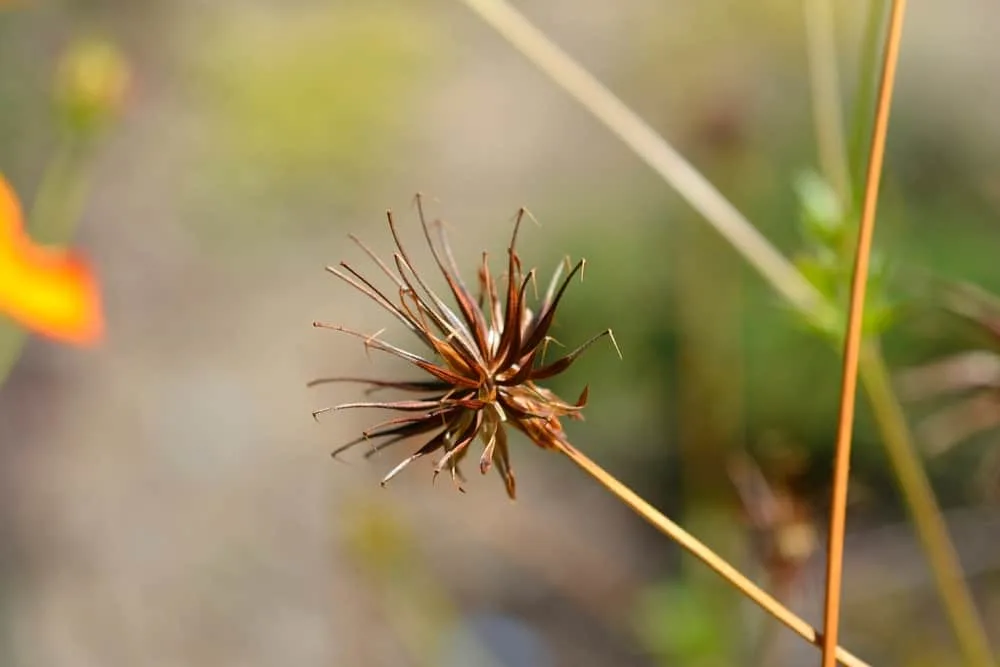
With enormous variety, cosmos grow 1 to 6 feet tall, love full sun, and are hardy in zones 2 to 11.
6. Sea Holly (Eryngium)
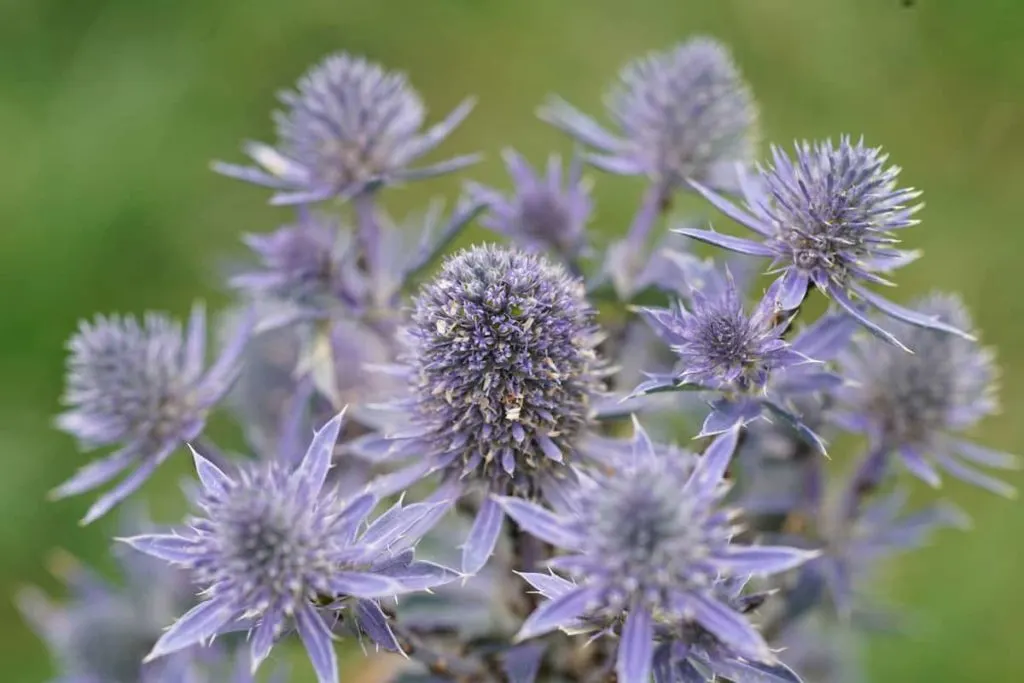
Fabulous cut and dried, the distinctive flowers and seed heads of sea holly come in rare shades of steel blue.
This herbaceous perennial not only spreads seeds for prolific plants but is incredibly drought tolerant as well.
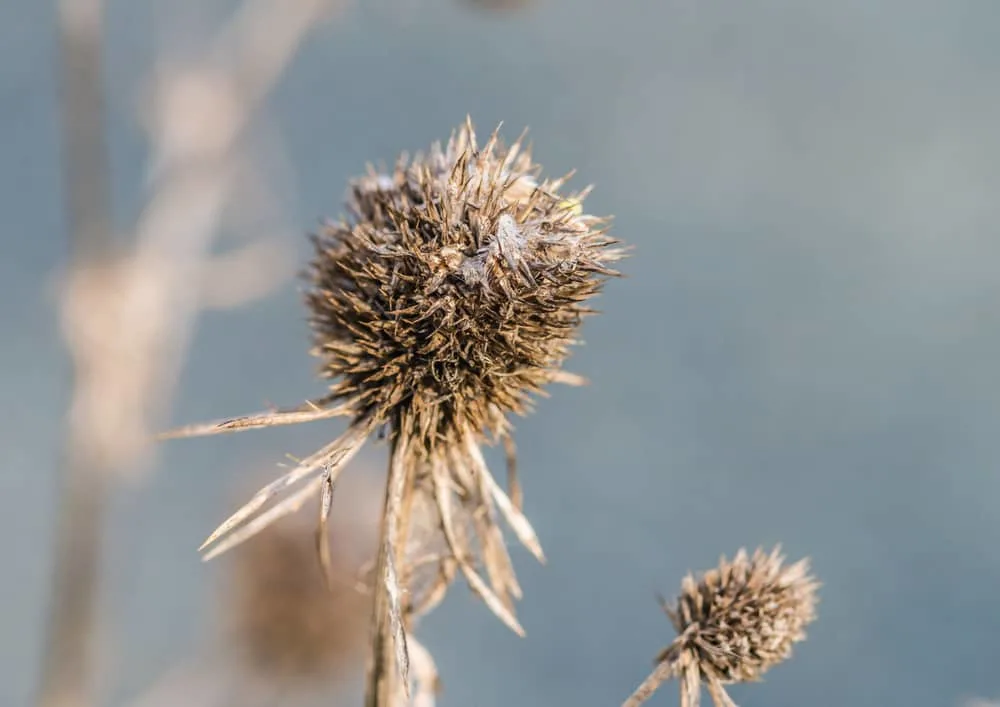
Well-draining, sandy soils, full sun, and zones 4 to 9 are perfect for this late summer bloomer.
7. Foxglove (Digitalis purpurea)
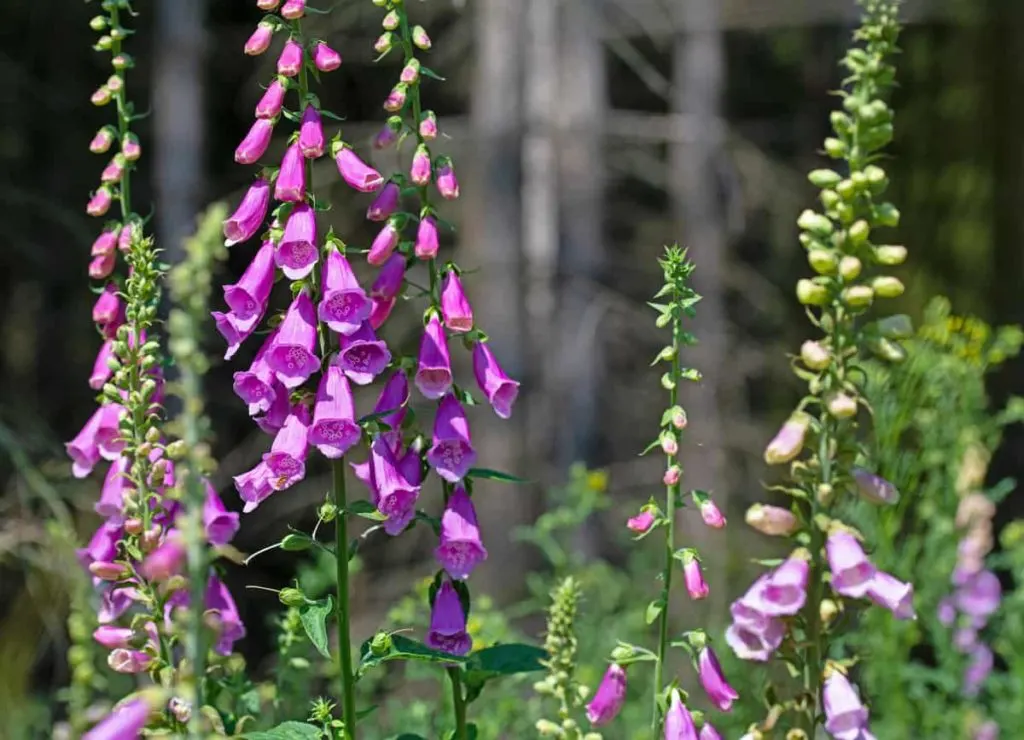
Wild meadows and cottage gardens are not the same without this stunning colonizing biennial.
Spring blooming in shades of purple, red, white, yellow, and pink, the tall flower spikes of foxglove are enchanting.
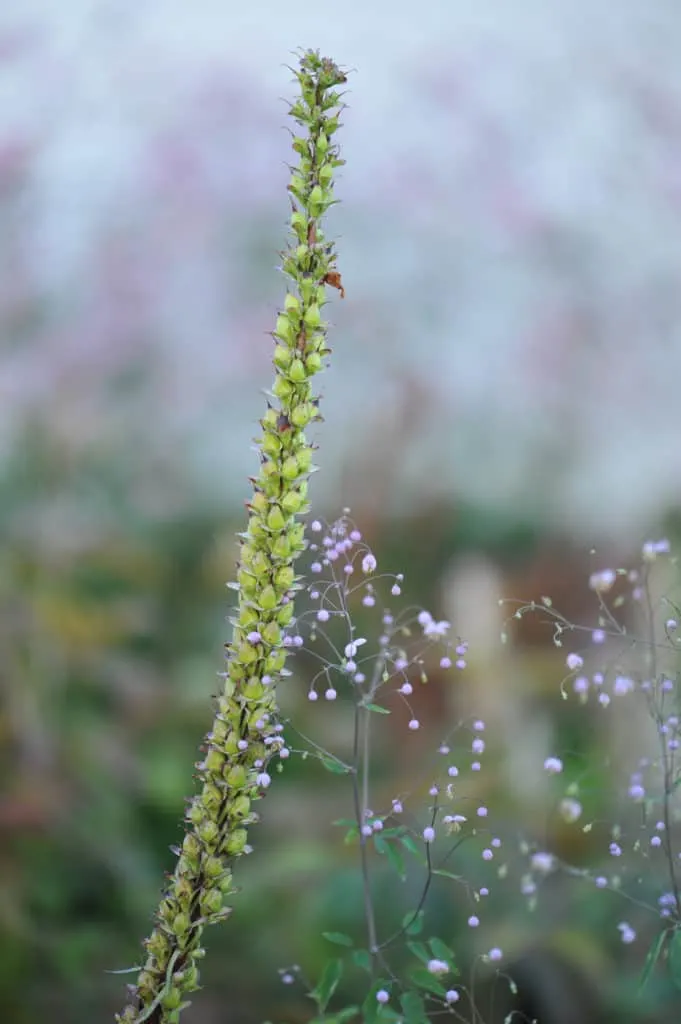
Growing 2 to 5 feet tall in zones 4 to 10, foxglove prefers moist well-draining soil in full to part sun.
8. Hollyhocks (Alcea)

Treat hollyhock as a biennial that blooms and makes seeds in its second year. Although hollyhock will grow as a short-lived perennial, getting better every year.
Tall spires of hibiscus-like flowers, hollyhocks bloom in shades from white, pink, red, yellow, and even nearly black.
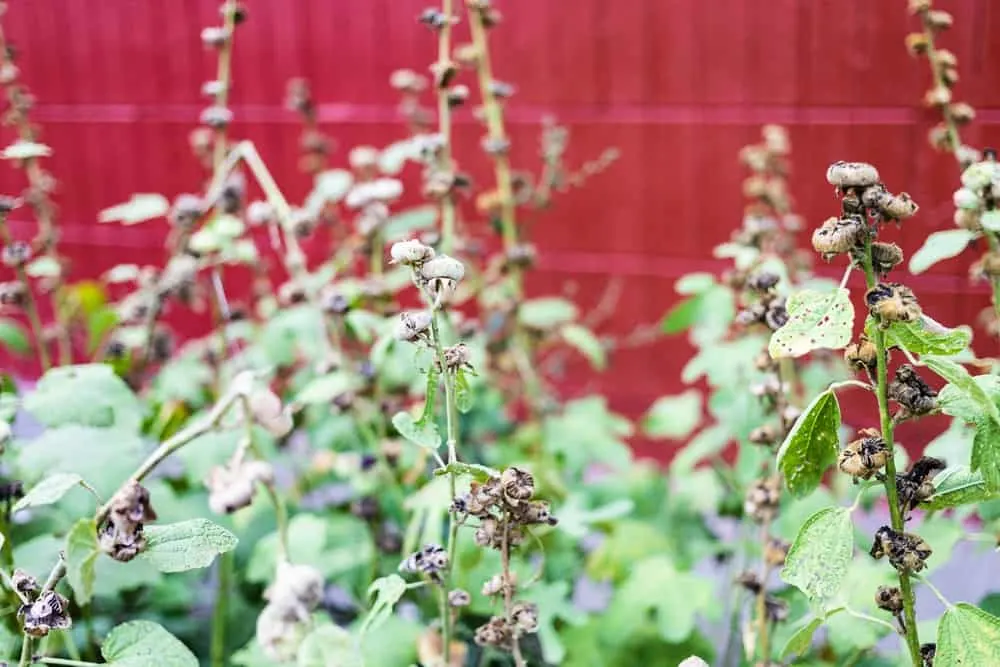
Tolerant of shade, preferring full sun, hollyhock reaches 8 feet tall, and loves moist soils in zones 2 to 10.
9. Columbine (Aquilegia)
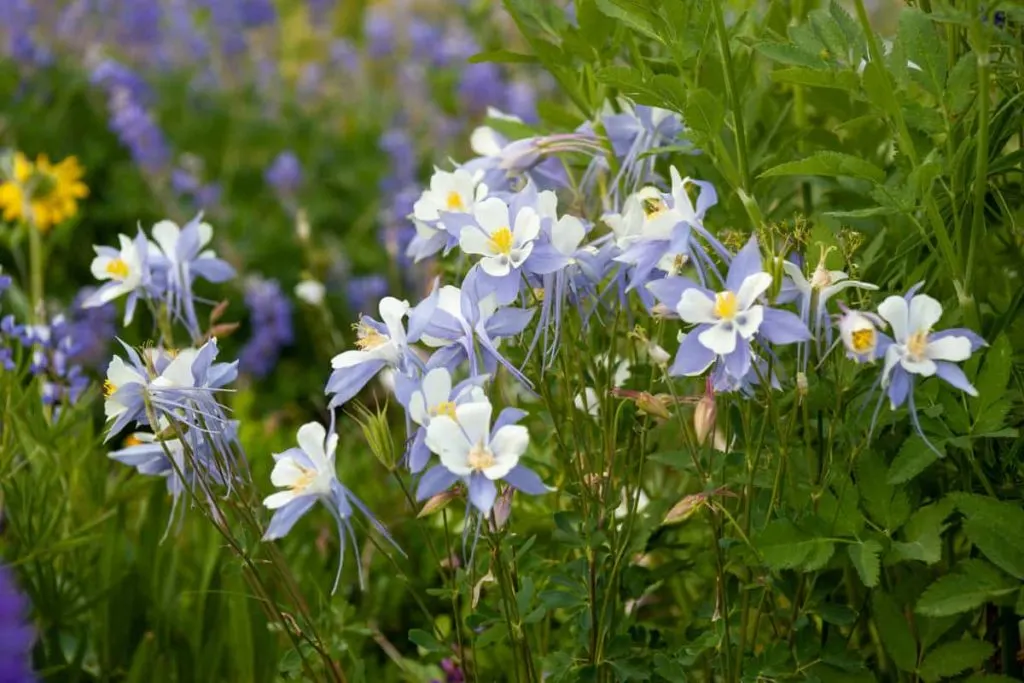
Adorable, spurred flowers pop up all over, framed perfectly with their trilobe scalloped bright green leaves.
Multicolored woodland flowers cross-pollinate freely creating new versions of themselves with each liberally seeded generation.
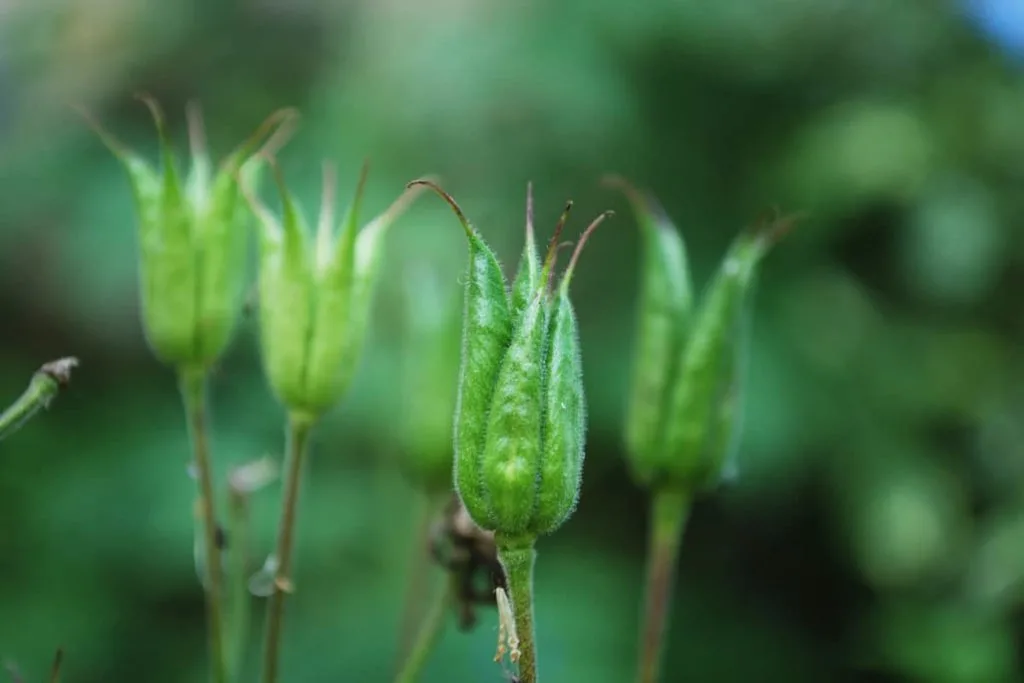
On delicate stems, columbine flowers dance about at 15 to 20 inches tall in sun to part shade.
10. Johnny-Jump-Ups (Viola)
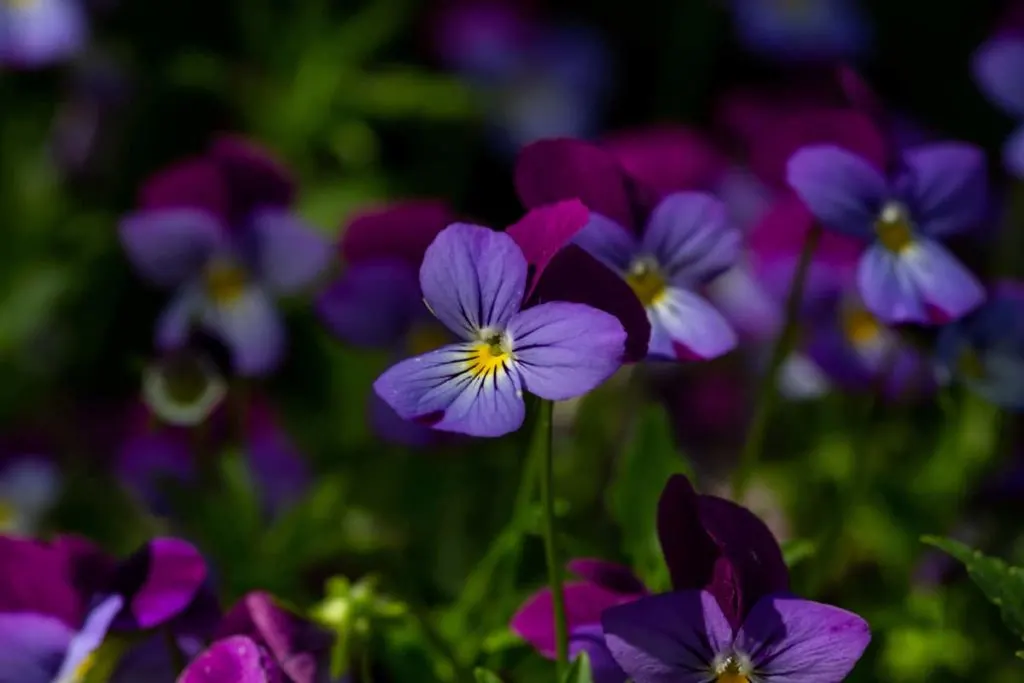
Also known as sweet violet, these woodland wildflowers grow as annuals or short-lived perennials.
Blooming in spring or fall, violet’s delicate flowers arrive in shades of violet, blue to almost black as well as white, yellow, and peach.
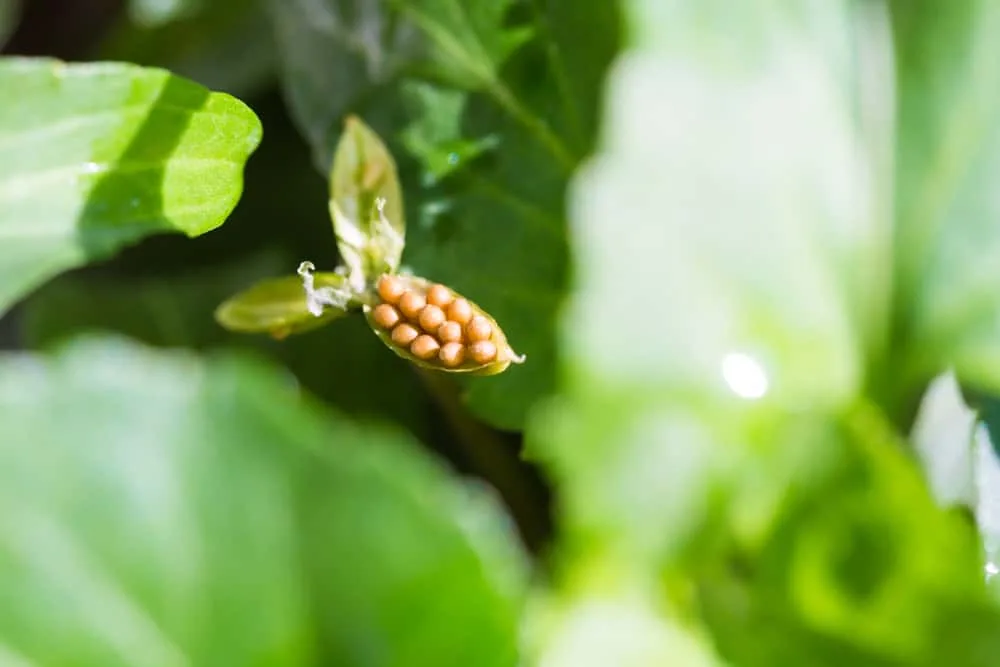
However, on the small side, violas grow just 4 to 10 inches tall, thrive in rich moist soils in zones 3 to 8.
11. Lupine (Lupinus)
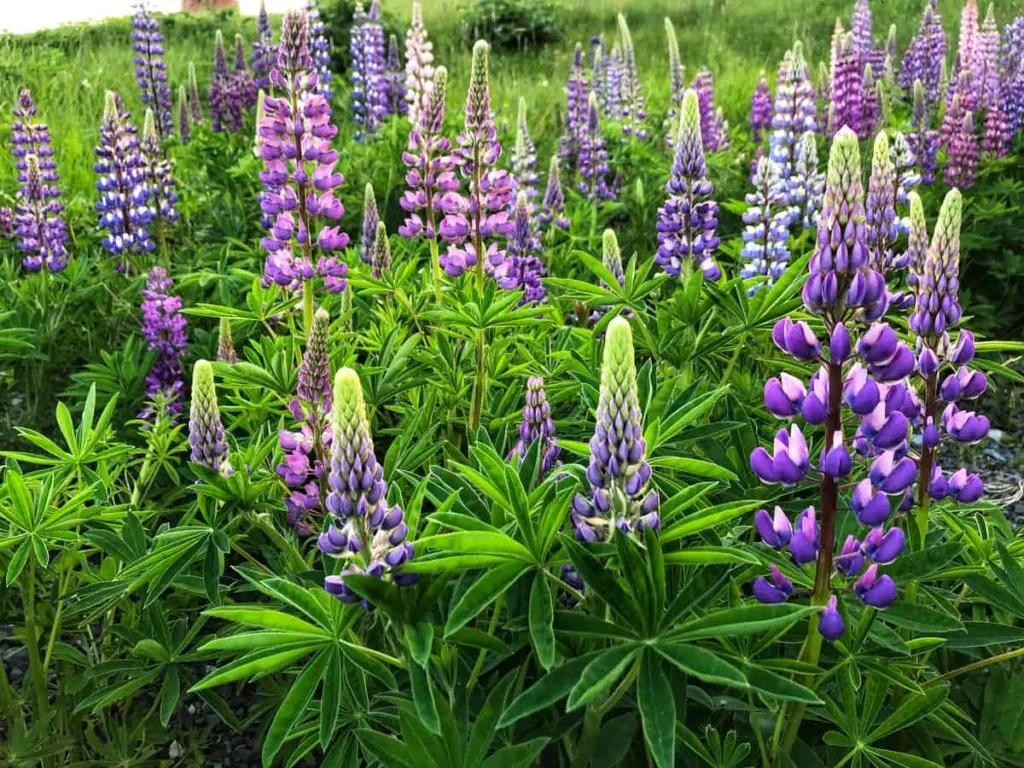
Lupine is a vivacious herbaceous perennial that will colonize large areas of wild spaces.
Interestingly, no matter what flower color is planted, lupine will interestingly revert to its original spring-blooming blue color over time.
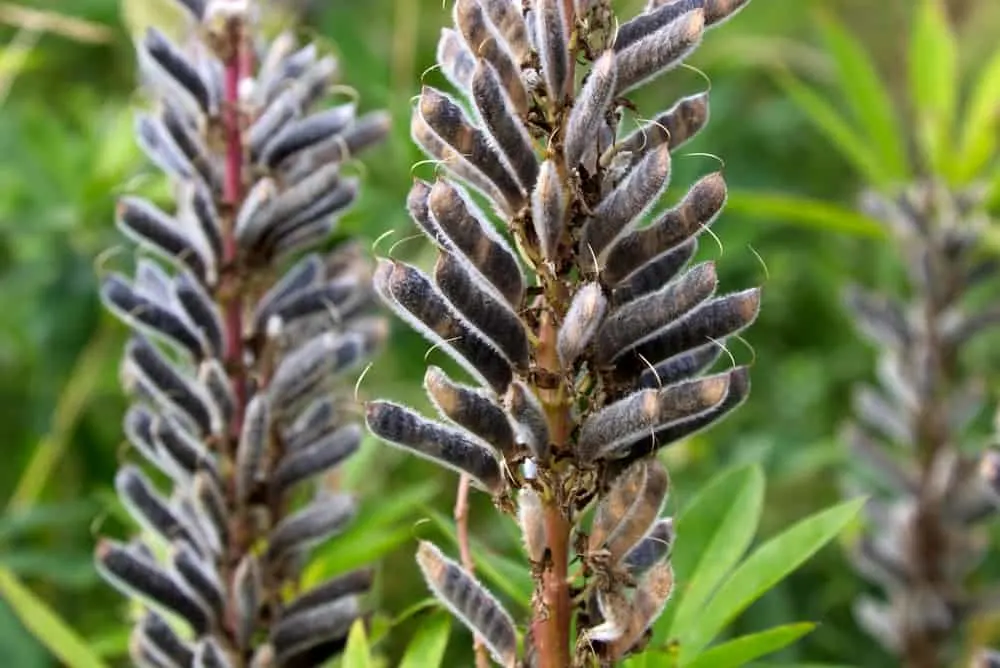
In zones 3 to 8, lupine tolerates average moisture in full sun and can reach 3 to 4 feet tall.
12. New England Aster (Symphyotrichum novae-angliae)
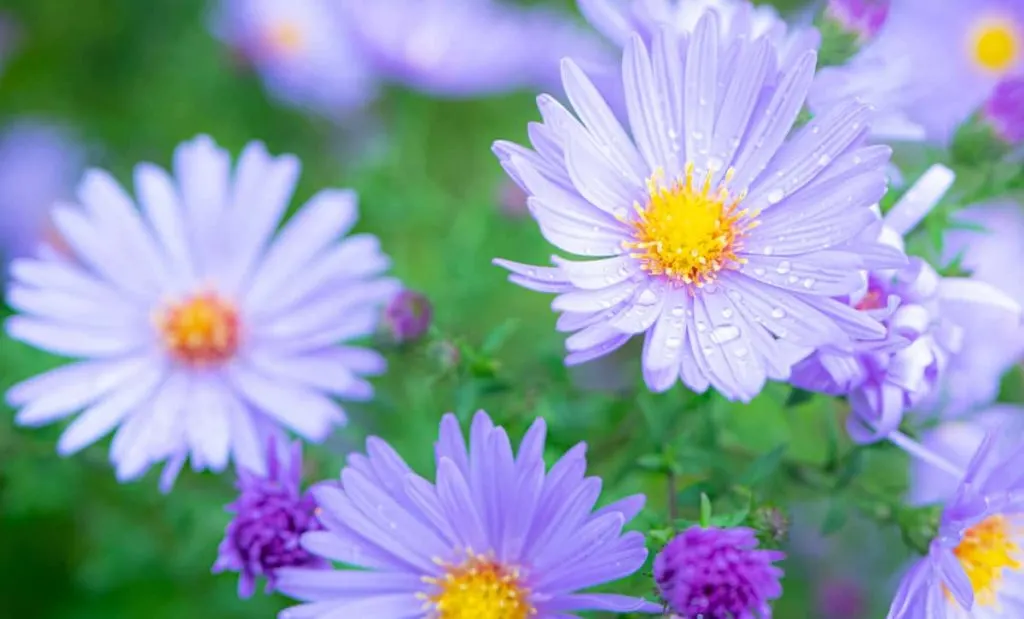
Impressively, this native, late-season bloomer grows as an incredibly showy herbaceous perennial.
The narrow petals of the daisy-like flowers are pink, mauve, purple, lavender, or white.
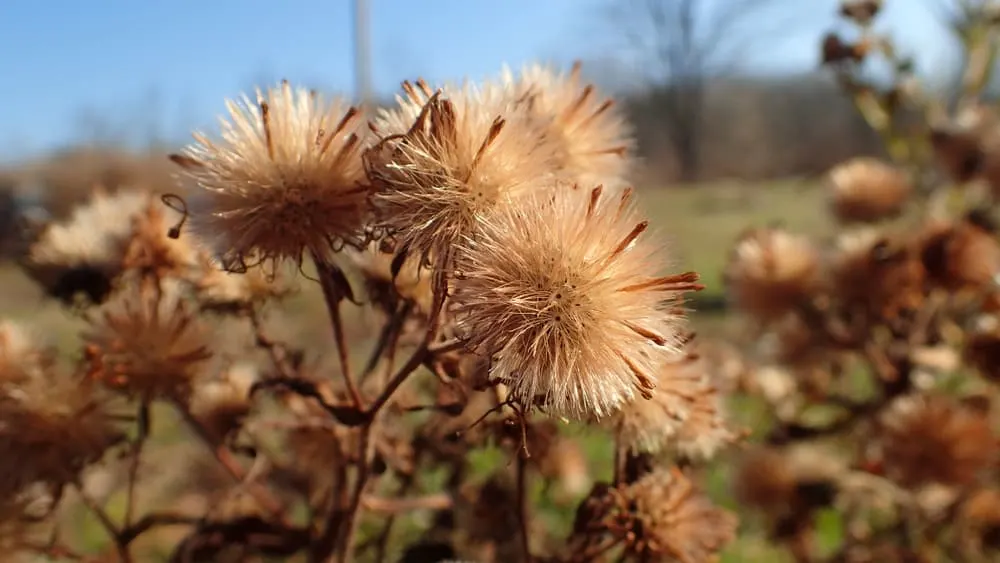
Stunningly achieving heights of 3 to 6 feet tall. New England Aster prefers full sun in moist soils in zones 4 to 8.
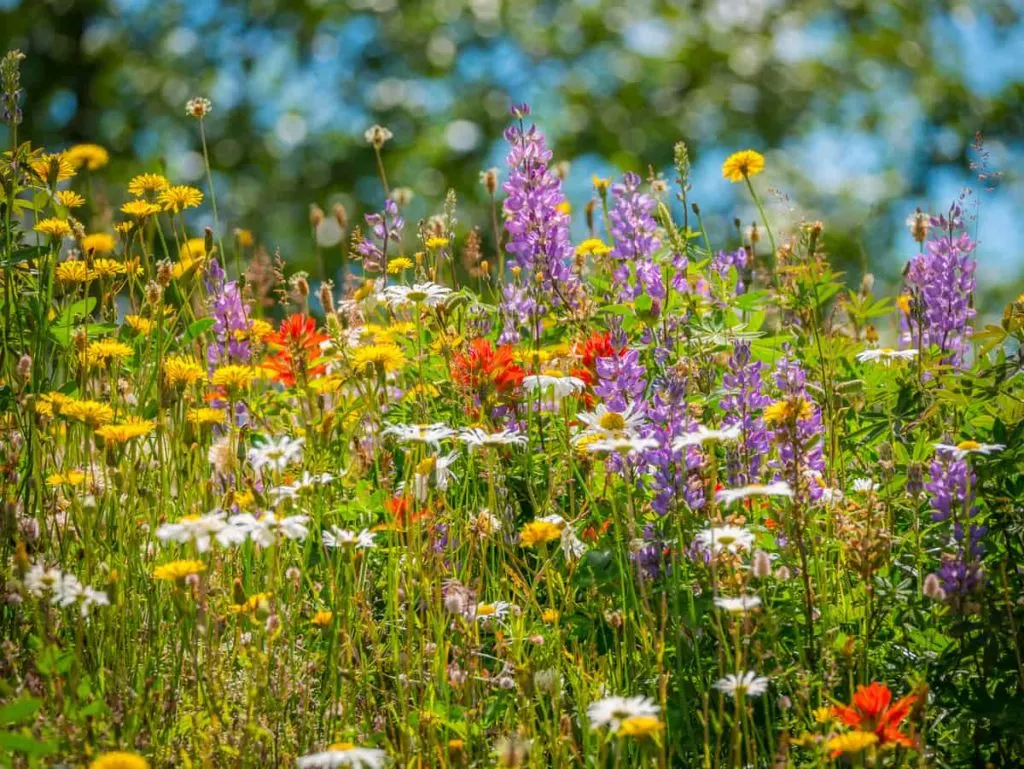
Garden as nature intended. That is to say, let your beautiful plants self-seed all over your backyard.
